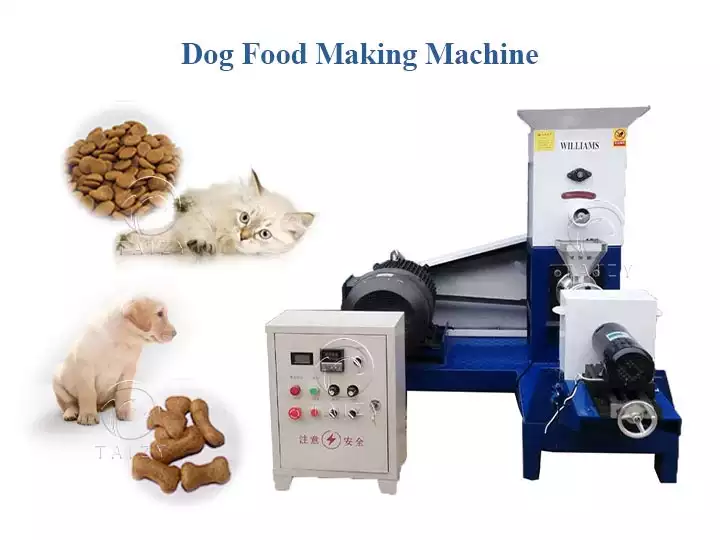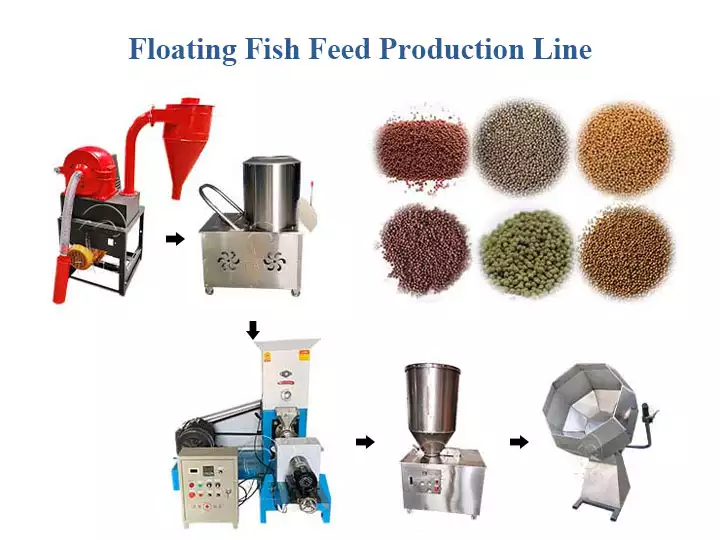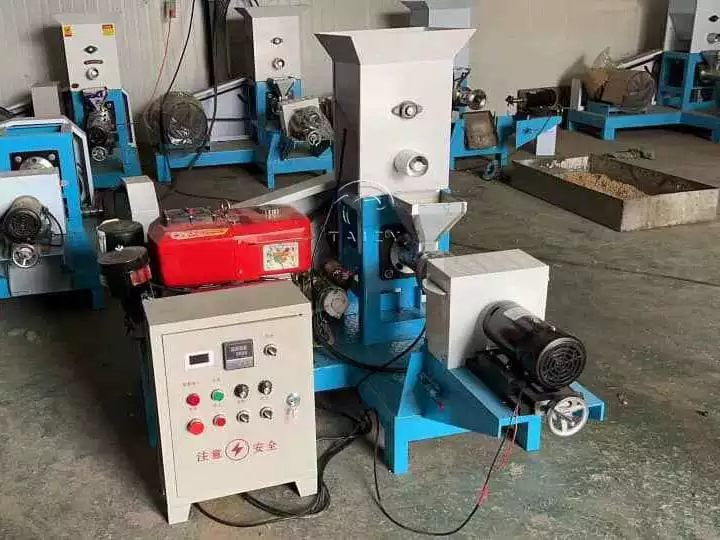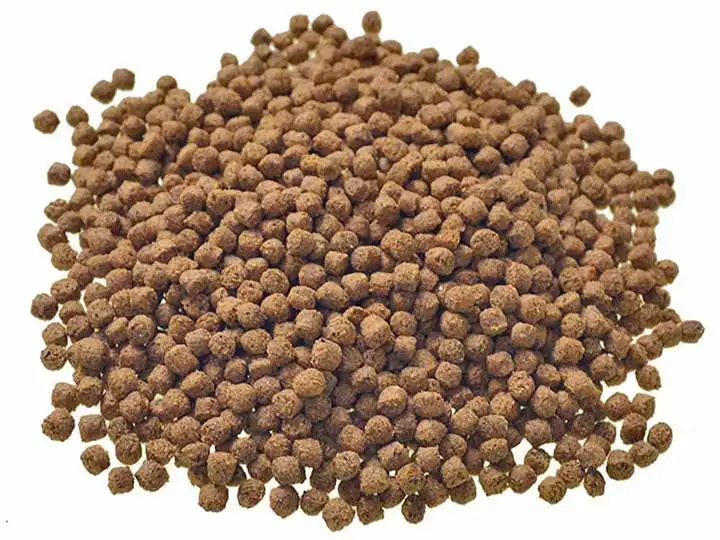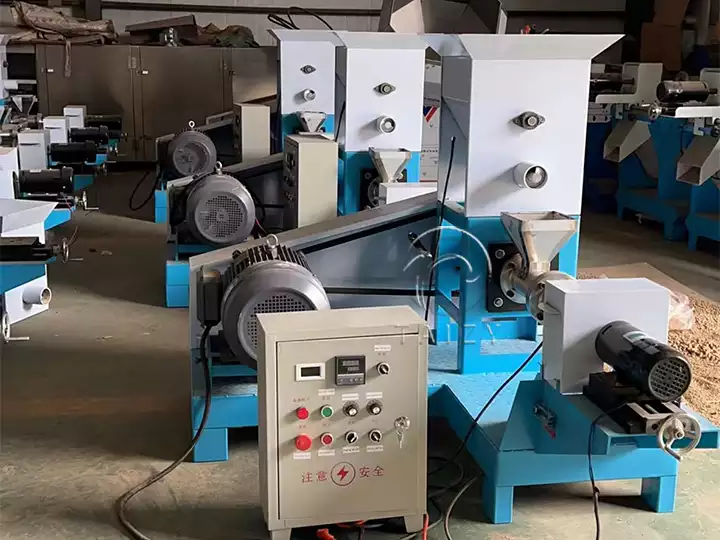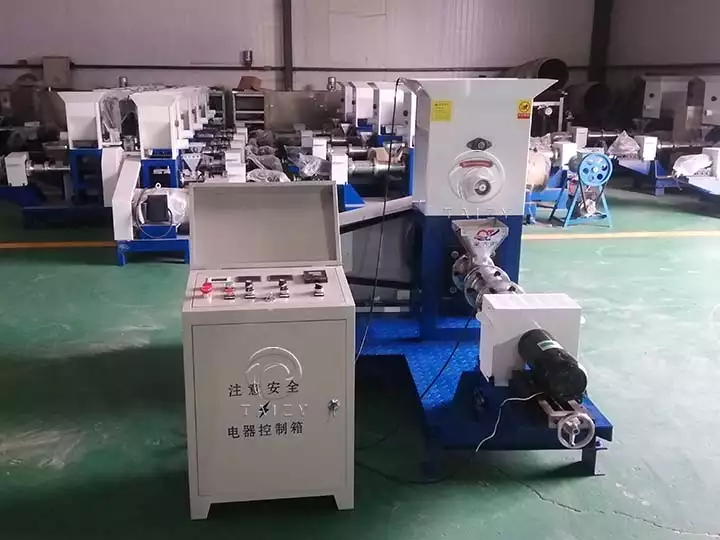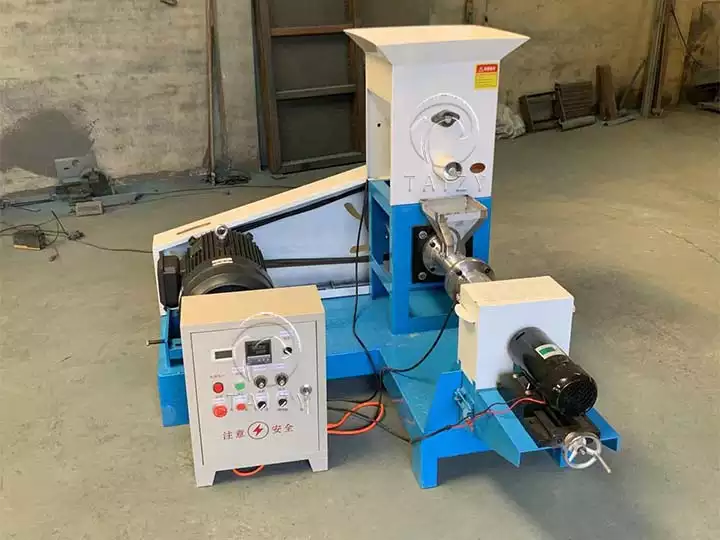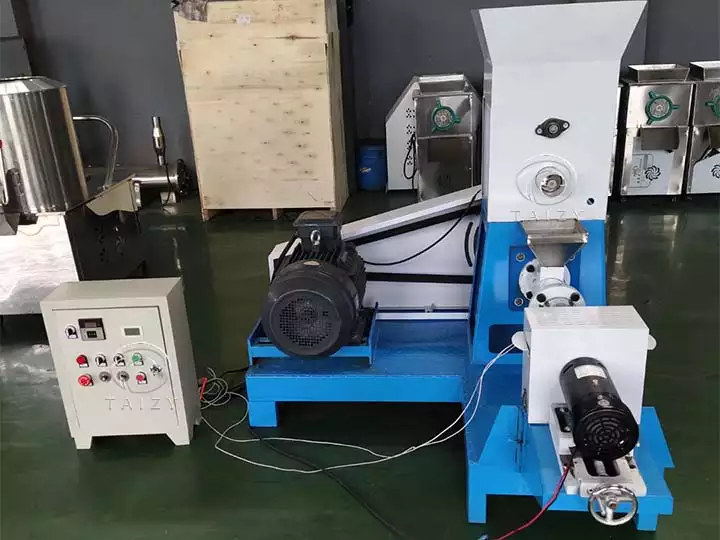How to make a floating fish feed?
The key to healthy fish growth is to provide a good quality feed. Making floating fish feed is an important step in meeting this need. Whether you are a fish farmer or an individual hobbyist, it is vital that you understand how to make floating fish feeds.
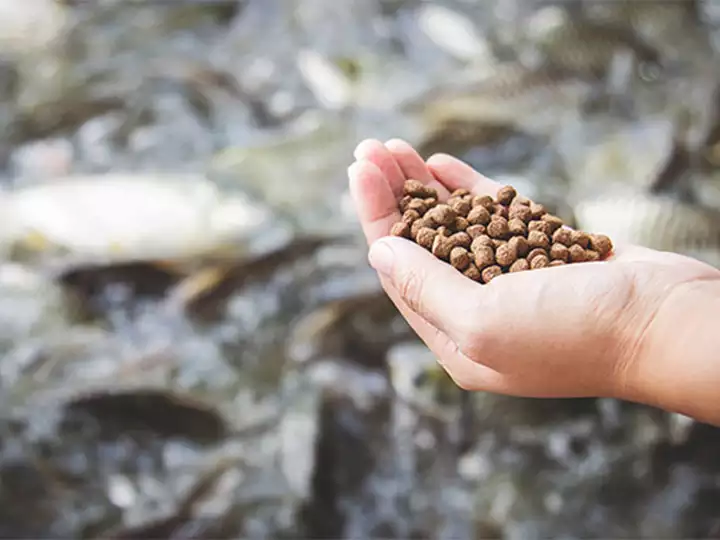
Understanding the importance of floating fish feeds
Floating fish feed is one of the key feed types in aquaculture. It is able to float in the water, facilitating fish feeding and providing adequate nutrition. Making high-quality fish feed is essential to improve the efficiency of farming.
Selecting the right ingredients for floating fish feed
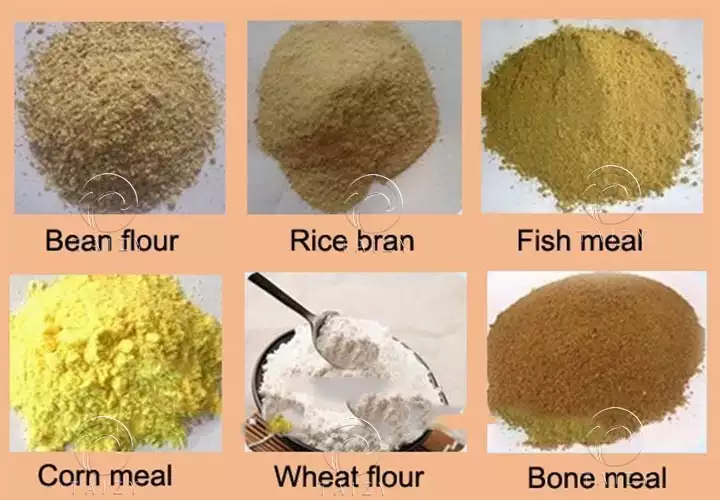
Making floating fish feeds requires the selection of high-quality raw materials. Commonly used raw materials include fish meal, soybean meal, wheat bran, protein meal, etc. These raw materials should have good digestive properties and nutritional value to meet the growing needs of fish.
The detailed process of making fish feed pellets
Step 1: Grinding
Grinding the ingredients to the appropriate particle size improves solubility and digestibility.
Step 2: Mixing
Mixing ensures that the various ingredients are evenly mixed to obtain a balanced nutritional mix.
Step 3: Pelletizing
Through the fish food pelletizer, the mixed ingredients are pressed into pellets, easy for fish to eat.
Step 4: Drying
The moisture is removed from the feed pellets through a drying process to extend their shelf life.
Step 5: Seasoning
Appropriately add seasonings preferred by fish to make fish food pellets more appetizing.
Step 6: Packaging
Proper packaging will protect the feed from moisture and contamination.
These are the key steps in making fish feed. Through scientific formula and strict production process, using fish food pellet mill can produce high-quality fish feeds to meet the nutritional needs of fish and promote healthy growth and development.
